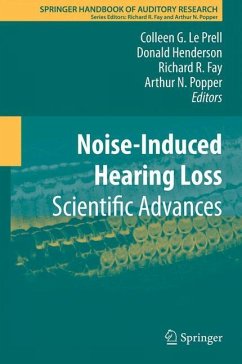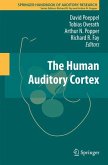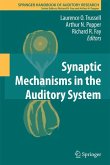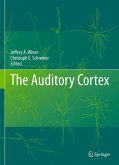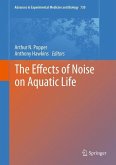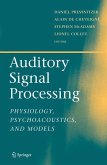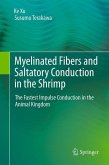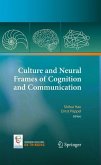Exposure to loud noise continues to be the largest cause of hearing loss in the adult population. The problem of NIHL impacts a number of disciplines. US standards for permissible noise exposure were originally published in 1968 and remain largely unchanged today. Indeed, permissible noise exposure for US personnel is significantly greater than that allowed in numerous other countries, including for example, Canada, China, Brazil, Mexico, and the European Union. However, there have been a number of discoveries and advances that have increased our understanding of the mechanisms of NIHL. These advances have the potential to impact how NIHL can be prevented and how our noise standards can be made more appropriate.
From the reviews: "It is from a series of volumes on auditory research aimed at graduate students, post-doctoral researchers and clinical investigators ... . It concentrates on recent advances in the understanding of mechanisms associated with NIHL. ... the book points to the future use of therapeutic antioxidants and other agents as a potential protection for the inner ear! ... for an occupational health practitioner, this is one for the reference library." (Ian J. Lawson, Occupational Medicine, Vol. 62 (6), September, 2012)
"It is from a series of volumes on auditory research aimed at graduate students, post-doctoral researchers and clinical investigators ... . It concentrates on recent advances in the understanding of mechanisms associated with NIHL. ... the book points to the future use of therapeutic antioxidants and other agents as a potential protection for the inner ear! ... for an occupational health practitioner, this is one for the reference library." (Ian J. Lawson, Occupational Medicine, Vol. 62 (6), September, 2012)

